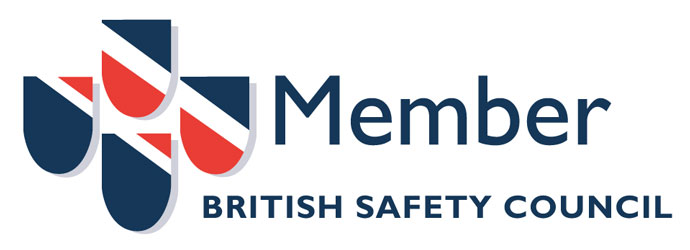In March 2020, Jack Tighe Ltd was awarded a place, by North Yorkshire County Council, onto their Bridge Painting Framework Contract. The Framework period runs from 1st April 2020 to 31st March 2024 (4 years).
The first project undertaken by JTL under the framework conditions was the substrate repair and painting scheme at Harper Wath, a public footbridge over the river Ure.
Jack Tighe Ltd acted as Principal Contractor for the scheme. A Construction Phase Plan was developed from the Pre-construction Information provided by North Yorkshire County Council and Jack Tighe Ltd and was further developed as the project progressed. All persons working on or visiting the site were made aware of the availability of the plan and its contents and it was clearly displayed on site.
All Jack Tighe operatives received a site induction to ensure safe working practices and site PPE requirements were complied with. The site induction covered all emergency arrangements on site including muster points.
Access to the working areas was via fixed scaffolding with Debri Netting and boarded/visqueen environmental protection incorporated into the design supplied by LEA Scaffolding. LEA Scaffolding was responsible for the maintenance and required scaffolding inspections under SG4-17 & TG4-20.
Designated walking routes from the welfare area, working area and working site boundaries were established and information/instruction was covered within the site induction.




















